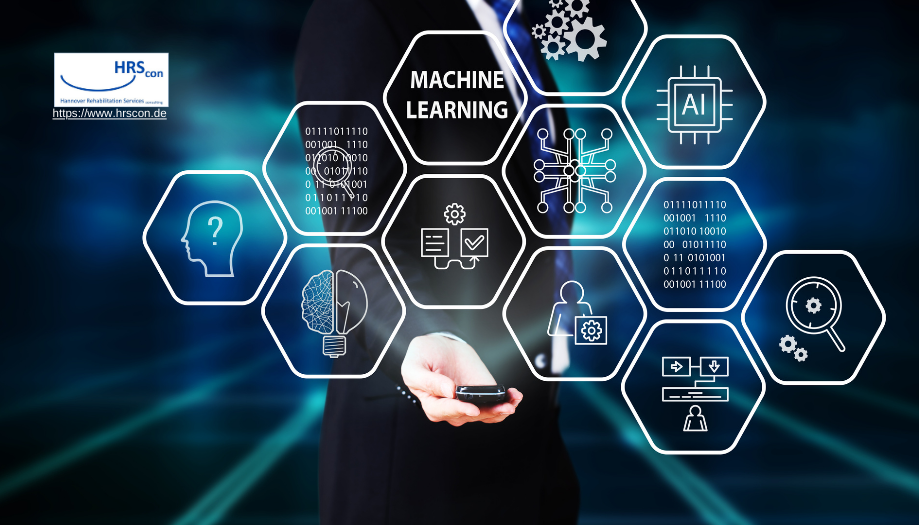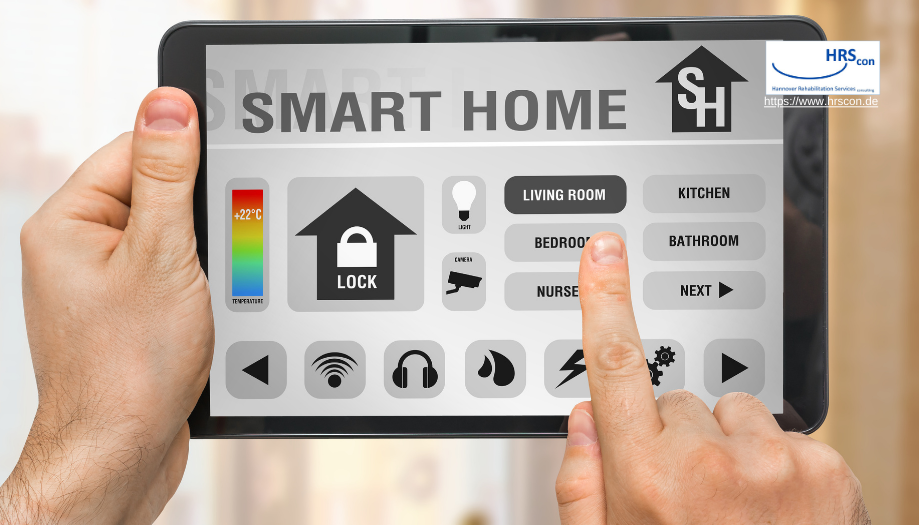The rise of the Internet of Things (IoT) has led to an explosion of interconnected devices, from smart homes and industrial automation to healthcare and environmental monitoring. As these devices generate massive volumes of data, the need for efficient and secure machine learning (ML) frameworks becomes critical. Traditional centralized ML models struggle to keep up with the unique challenges of IoT environments, such as limited computational resources, real-time data streams, and privacy concerns. A new decentralized ML framework, as outlined in a recent study, promises to address these issues by enhancing security, privacy, and efficiency in cloud-integrated IoT ecosystems.
Understanding Decentralized Machine Learning for IoT
Machine learning algorithms are essential for IoT applications, allowing devices to learn from data, predict outcomes, and make decisions autonomously. However, the traditional approach of centralized learning, where data is collected and processed on a central server, is not always feasible for IoT. Many IoT devices have limited processing power and memory, and transferring large datasets can lead to security risks and high communication costs. Additionally, centralized systems are prone to single points of failure, making them less resilient.
The new decentralized ML framework provides a solution by enabling devices to learn collaboratively without the need to share raw data. Instead, each device processes data locally and exchanges only the trained models, reducing communication overhead and enhancing privacy. This method aligns with the principles of edge computing, where computation is done closer to where data is generated, thus improving efficiency and reducing latency.
Key Features of the Decentralized ML Framework
- Decentralized Adaptive Nearest Neighbor Learning (DANL)
- Designed specifically for IoT devices, DANL allows for continuous, on-device learning without the need for a central server. This algorithm incrementally updates models based on new data, enabling devices to adapt quickly to changes in their environment. Unlike traditional models, which require periodic retraining, DANL can learn on the fly, preserving device resources and ensuring data privacy.
- Collaborative Model Exchange Protocol (CMEP)
- CMEP ensures that IoT devices can securely share their locally trained models with other devices. By using cryptographic techniques like homomorphic encryption, CMEP allows data to be processed without exposing sensitive information. This means that even if communication channels are compromised, the data remains protected. The protocol optimizes communication by selectively sharing models, reducing unnecessary data exchanges and conserving energy.
- Gossip-Based Communication Protocol (GBCP)
- Efficient communication is a cornerstone of decentralized systems. GBCP facilitates scalable, energy-efficient exchanges between devices. Unlike traditional broadcast methods, which can lead to congestion, GBCP uses a probabilistic approach to select communication partners, balancing load and minimizing energy consumption. This method ensures that knowledge is spread across the network without overwhelming any single device or communication link.
- Enhanced Security and Privacy Measures
- Security is a major concern for IoT systems, where data breaches can have significant consequences. The framework integrates advanced encryption to protect data exchanges, ensuring confidentiality and integrity. By keeping data processing local and only sharing model updates, the framework also reduces the risk of data leakage, addressing privacy concerns prevalent in cloud-integrated IoT networks.
Benefits of the Framework for IoT Environments
- Improved Efficiency
- The decentralized approach allows devices to process data in real time, reducing the need to transfer large volumes of data to central servers. This leads to faster decision-making and more responsive systems, which is crucial for applications like autonomous vehicles, smart cities, and industrial automation.
- Enhanced Privacy and Security
- By only exchanging model updates instead of raw data, the framework protects sensitive information. This is particularly important in sectors like healthcare, where privacy is paramount. Additionally, the use of encryption ensures that even if communication channels are intercepted, the data remains secure.
- Scalability
- As IoT networks grow, centralized systems become increasingly difficult to manage due to high communication costs and processing bottlenecks. The decentralized framework is inherently more scalable, as it allows devices to share the processing load. This means that the system can expand without a significant increase in infrastructure costs.
- Energy Efficiency
- IoT devices are often battery-powered and need to operate for extended periods without recharging. The decentralized ML framework optimizes communication, reducing the energy required for data transmission. This not only extends battery life but also makes the system more sustainable.
Real-World Applications and Case Studies
The decentralized ML framework has been tested in various scenarios, demonstrating its effectiveness across multiple applications:
- Smart Cities
- In smart city applications, IoT devices such as traffic cameras, sensors, and smart lights generate vast amounts of data. The decentralized framework allows these devices to learn patterns, predict traffic congestion, and adjust light timings autonomously, without needing to send data to a central server. This reduces latency and improves the efficiency of urban infrastructure.
- Healthcare
- Wearable devices and health monitoring sensors can benefit greatly from decentralized ML. Instead of sending sensitive health data to a cloud server, devices can process information locally, only sharing essential insights with healthcare providers. This protects patient privacy while still providing timely and accurate health assessments.
- Industrial Automation
- In manufacturing, IoT devices monitor machinery for signs of wear and tear. By implementing the decentralized ML framework, factories can predict equipment failures and schedule maintenance proactively, reducing downtime and saving costs. The framework’s ability to function efficiently in resource-constrained environments makes it ideal for such applications.
Performance Evaluation
In tests conducted with simulated IoT environments, the decentralized ML framework outperformed traditional centralized systems on several key metrics:
- F-Score: The framework achieved higher precision and recall, demonstrating its ability to accurately learn from and respond to new data.
- Convergence Time: It required less time to reach a stable model, making it suitable for dynamic environments where data changes rapidly.
- Storage and Communication Efficiency: The framework’s algorithms are designed to minimize memory usage and reduce the number of data exchanges, leading to lower storage requirements and energy consumption.
Conclusion
The development of a decentralized machine learning framework for IoT is a game-changer for industries relying on real-time data processing. By enhancing security, privacy, and efficiency, this framework addresses the core challenges of IoT environments. Its decentralized nature ensures scalability, while its energy-efficient protocols make it sustainable for widespread use. As IoT continues to expand, such frameworks will be critical in managing the complexity of interconnected devices, enabling smarter and more responsive systems across various sectors.
Call to Action
For businesses and developers looking to integrate IoT solutions, adopting a decentralized ML framework could lead to significant improvements in performance, cost-efficiency, and data security. As the technology matures, more use cases are likely to emerge, solidifying its role as a cornerstone of the next generation of IoT applications.




